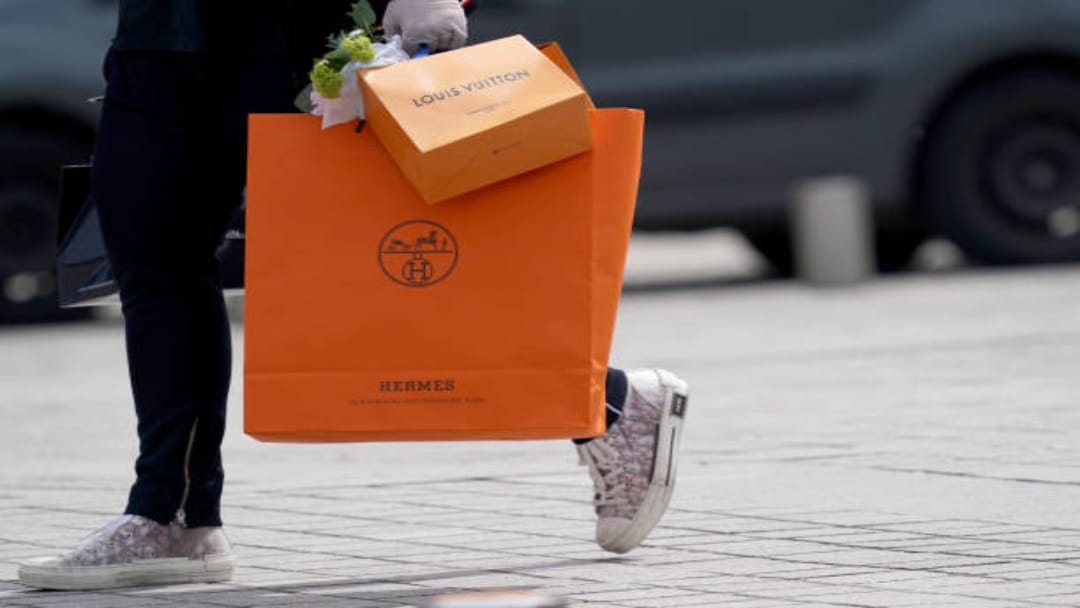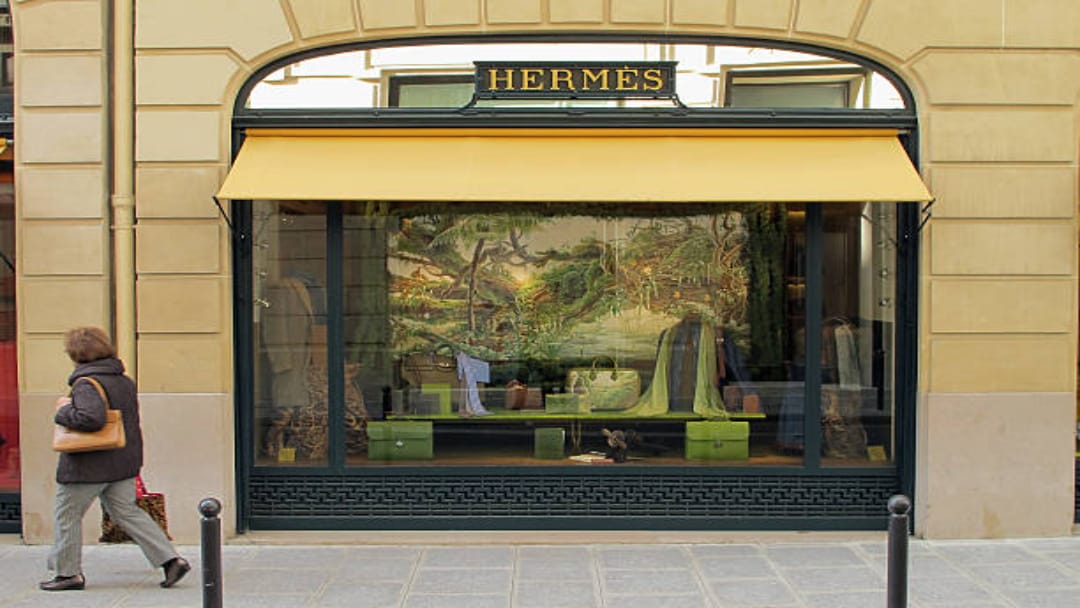Counter Cultural Luxury For decades, high-end brands have counted on a few unspoken rules: a high price tag speaks for itself, limited availability equals exclusivity, and a good brand story can cover up some less-than-glamorous truths about cost and production.
But that playbook is starting to fall apart. Prices are being pushed even higher by tariffs, AI is giving shoppers powerful tools to dig into the details, and social media is pulling back the curtain on how things are really made — and what they actually cost.
Luxury has been in tough spots before, but this feels different – it’s at the point where it has to come clean, rebuild trust, and stop pretending. Being mysterious used to work. But now, people aren’t just peeking behind the scenes — they’ve got front-row seats backstage.
And the big fear? What’s back there might not be all that impressive. Or worth the cost.
Scarcity Isn’t Selling Like It Used To
Luxury used to be about high prices and limited access. You paid more because others couldn’t. That exclusivity was part of the magic — backed by promises of craftsmanship, history, and quality.
Now, people are starting to question what they’re really paying for.
When a £3,000 handbag suddenly costs 4,500 euros because of tariffs, it pushes people past their limit. Even customers who can technically afford it still want to feel like they’re getting something of real value.

It’s not just about prices going up — it’s that people are paying more attention. They start asking questions. They do the math. They dig into the details. And once they do, the luxury illusion starts to fade.
That’s a problem. The old tricks aren’t working anymore. Technology is giving consumers the upper hand — and they’re using it.
Proof Beats Prestige
Between TikTok breakdowns, and Reddit deep-dives, consumers are figuring out what’s real and what’s just marketing fluff.
Luxury brands used to hide behind vague ideas like “heritage” or “timelessness.” But now, people can Google the factory. They can compare materials. They can find knock-offs made in the same place — sometimes by the same people — for a fraction of the price.
So the pressure’s on. If a brand isn’t upfront, customers assume it’s hiding something. And let’s face it — they’re probably right.
Brands need to be straight. No spin. No half-truths. Just honesty. Think of the supply chain like a résumé — every detail needs to be solid, because people are fact-checking.
And younger buyers? They’ve grown up on branding. They know how the sausage is made. They don’t want to pay extra just for a logo or a vague story. They want real value. They want to know who made it, how, and why it costs what it does.
Transparency isn’t a bonus anymore — it’s expected. If brands like Everlane can break down their costs and supply chains, what’s stopping a luxury label charging five figures?
So what’s next for luxury?
The product alone isn’t enough anymore. Now, the focus is on the full experience — and some brands are already leaning into this.
Gucci, for example, is turning its stores into immersive spaces that mix fashion with culture, art, and history. The result? You still get the Gucci vibe, but with a deeper, more meaningful experience.
Hermès is doing something similar. They’re going on tour, showing off their craftsmanship, explaining where their materials come from, and letting people see how their products are made. They’re opening the doors — literally — and it’s working.

It’s not about replacing the product with an experience. It’s about using the experience to build trust and show the truth behind the brand.
Quiet Luxury Speaks Loud and Clear
Showing off with flashy logos doesn’t impress like it used to. Today, what stands out is subtlety — ethical production, transparency, thoughtful design, and a real reason for scarcity.
People are curating their style based on what aligns with their values — not just their bank account. And the definition of “luxury” is being reshaped by AI recommendations, peer reviews, rentals, and resale platforms.
To stay relevant, luxury brands have to earn their place in these new systems. That means designing products that don’t just look good but also tell the right story — one of ethics, quality, and purpose.
Just being expensive or having a long history isn’t enough anymore. The new luxury standard is trust.
People still crave luxury — but not for the reasons they used to. They want the story behind the brand to be real. The brands that can prove their worth, not just talk about it, will shape what luxury means for the next generation.
And the ones that keep hiding behind the curtain? They might soon realize they don’t have much left to hide.

